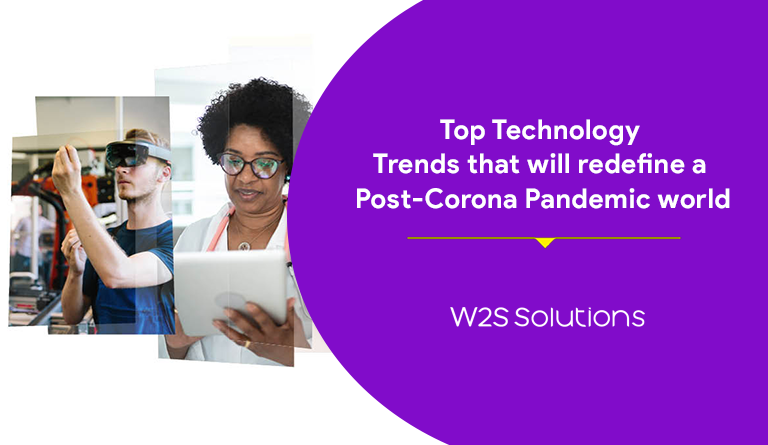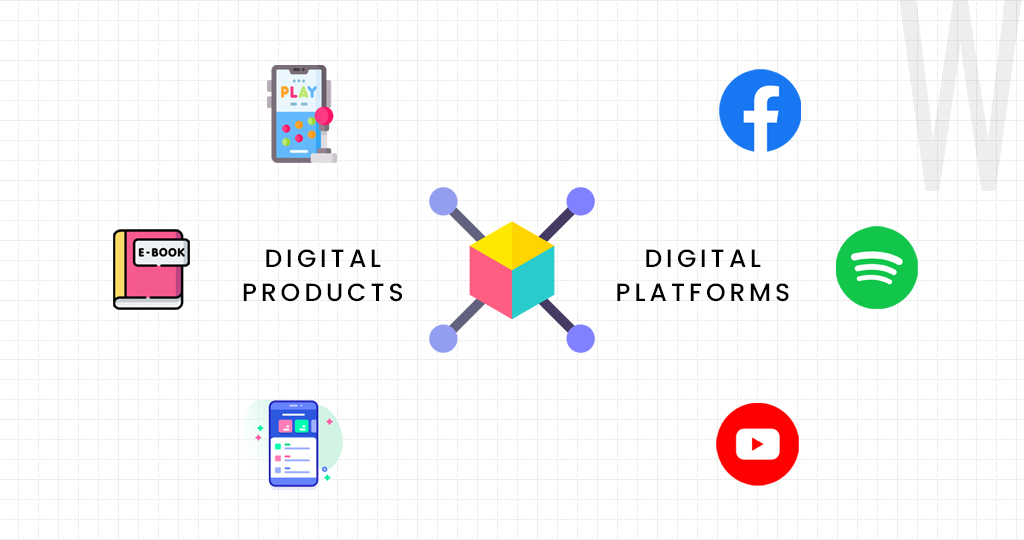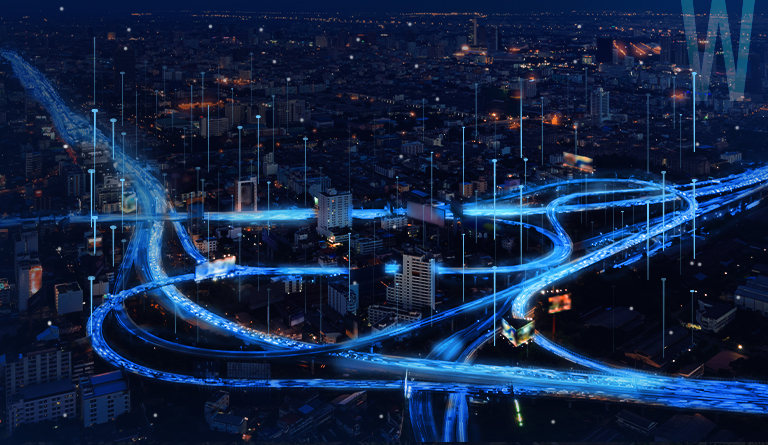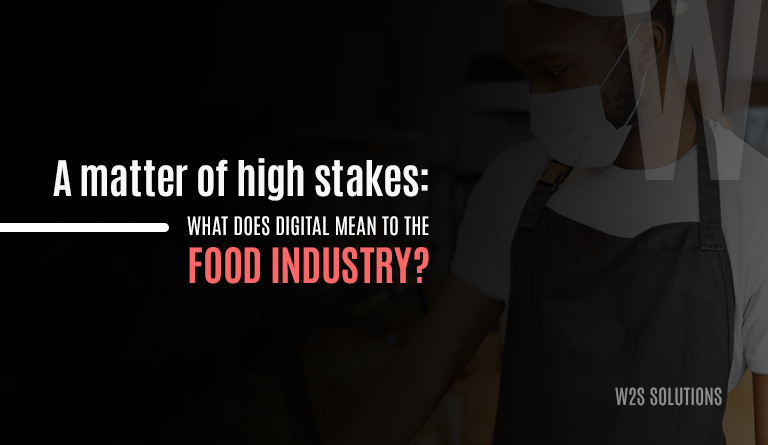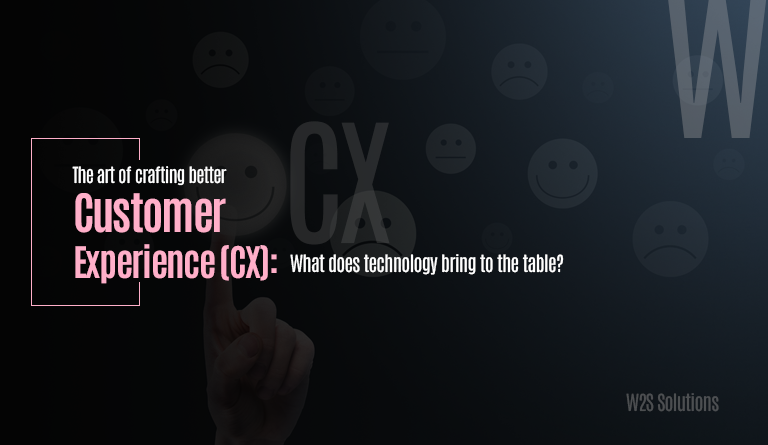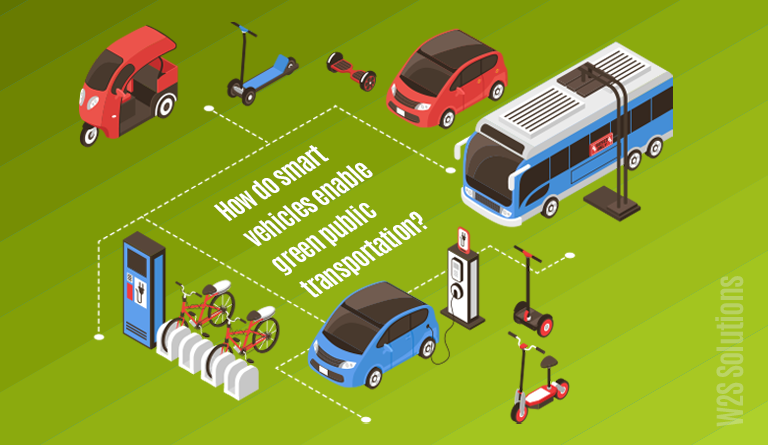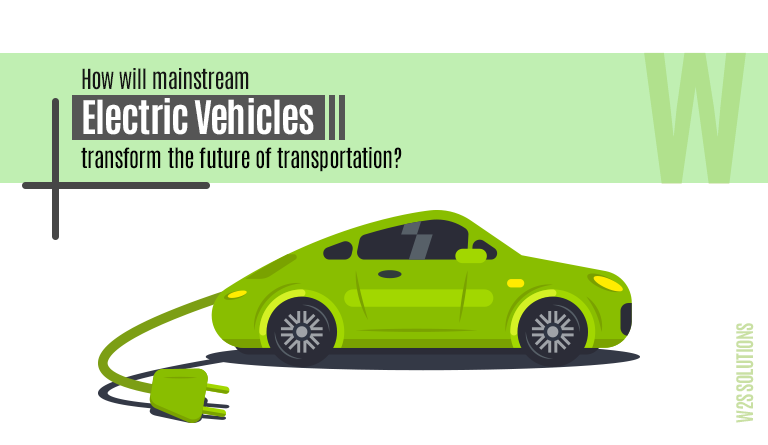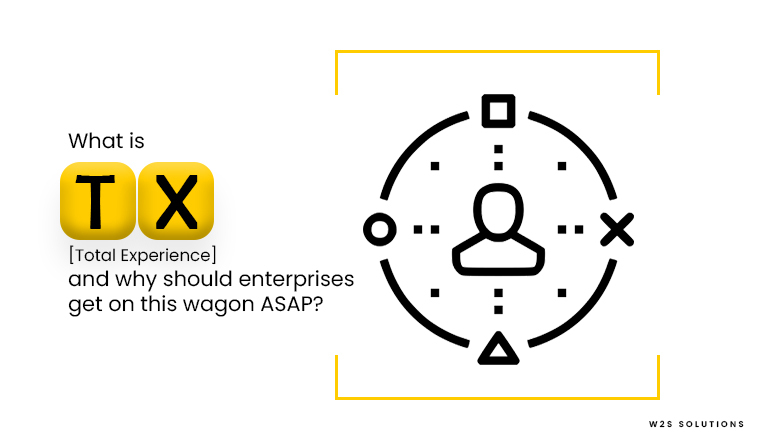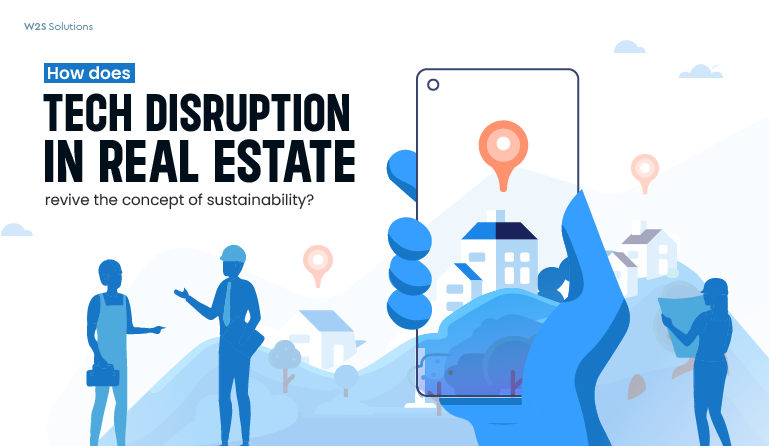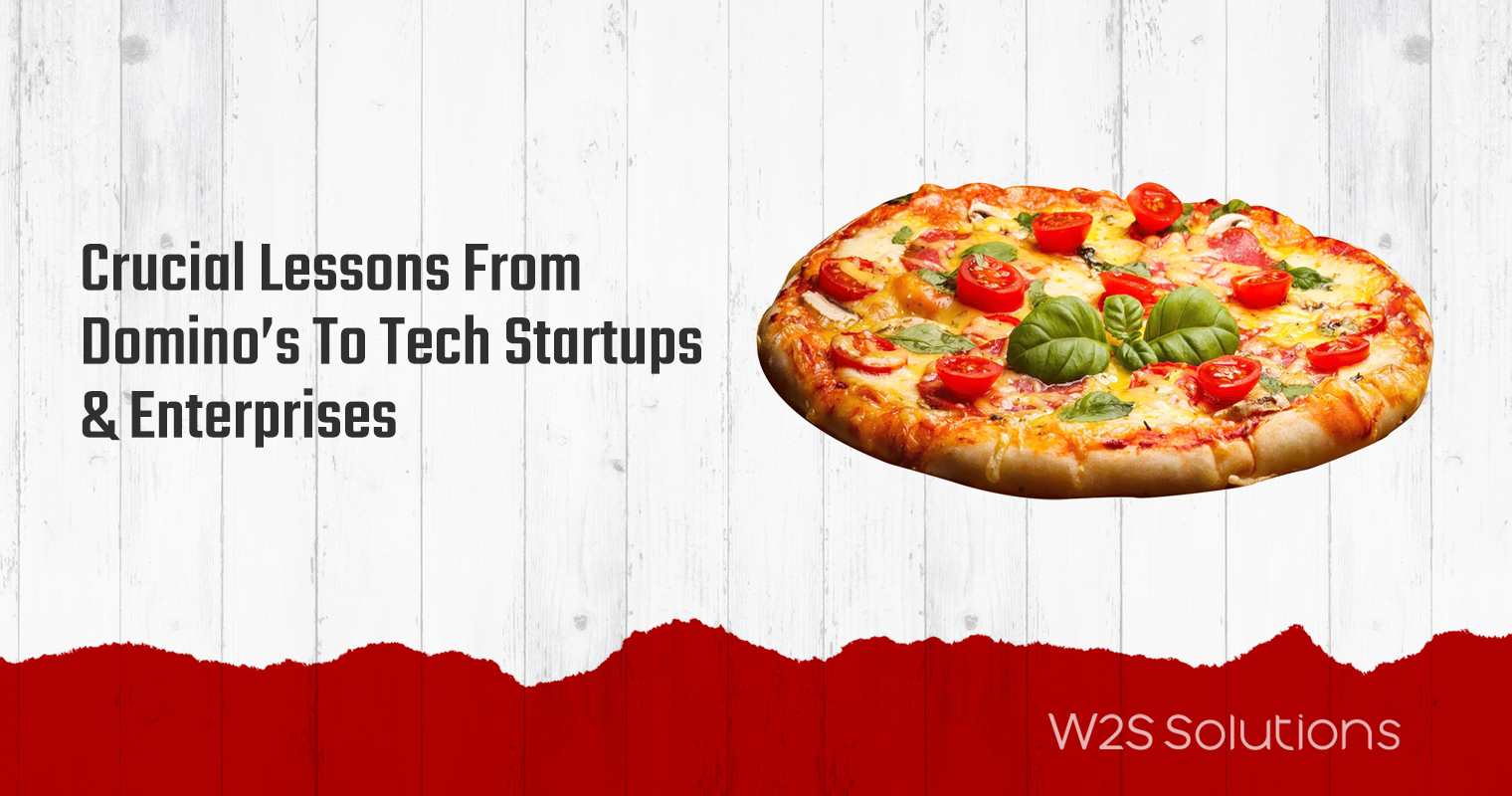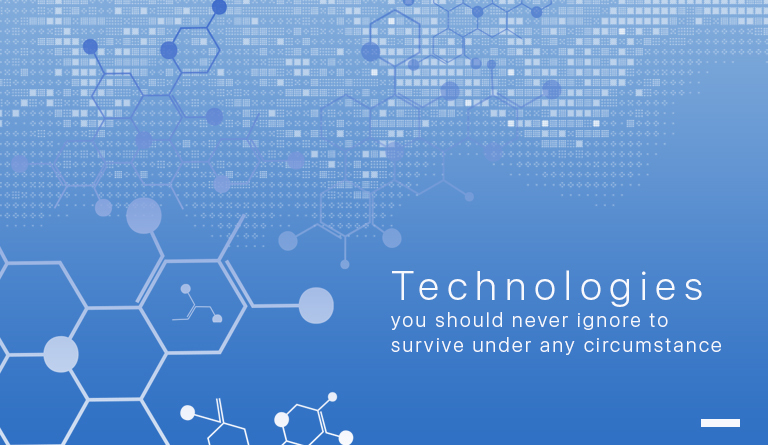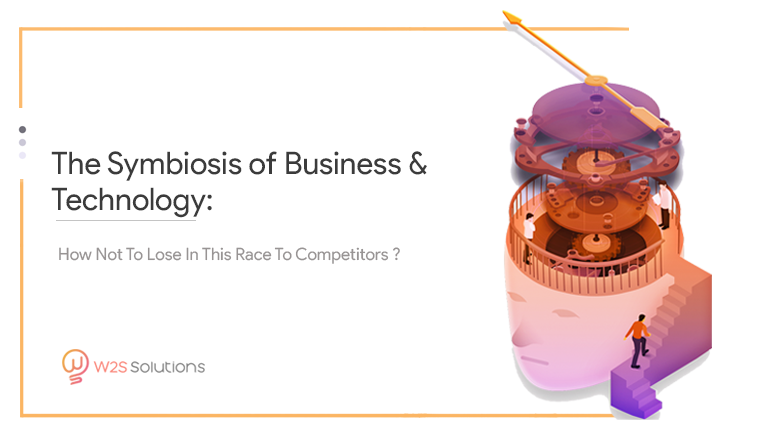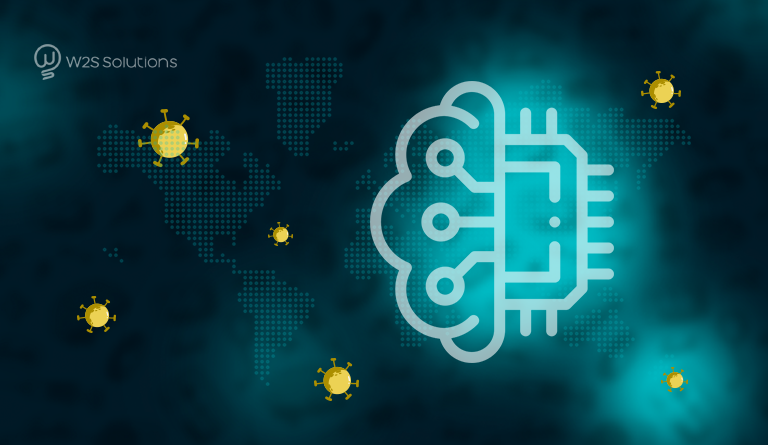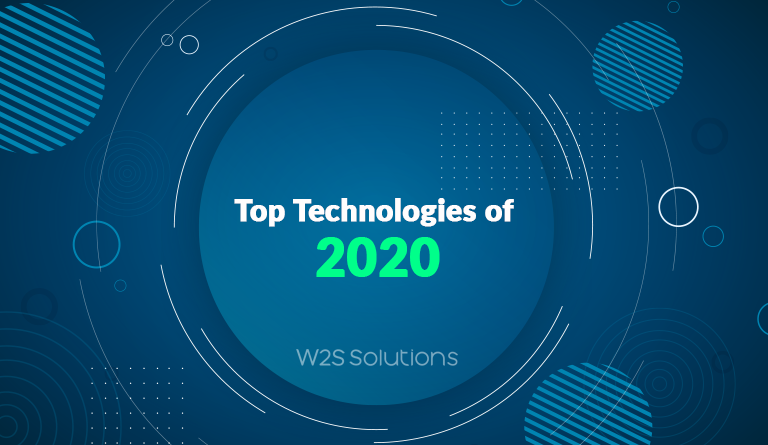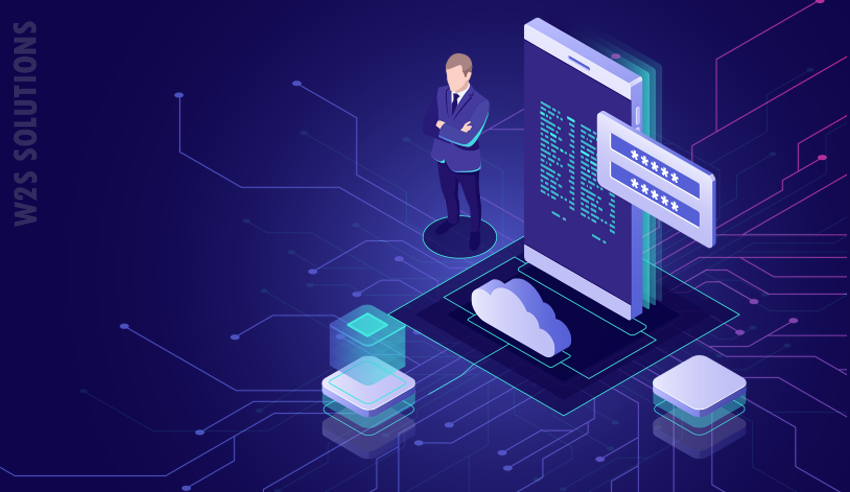With the global onslaught of the COVID-19 pandemic, our lives and lifestyles have been disrupted like never before. Governments have shuttered non-essential services to prevent the spread of the deadly virus, educational institutes have resorted to online classes, and work from home has become the new normal for most businesses.
The advancement of technology and our dependence on it was already on a rise before the lockdown. And, this was simply accelerated further in the new reality brought in by the COVID-19 situation.
In this scenario, where the focus is on mitigating the challenges brought up by the pandemic, modern technology has offered several solutions to make life a lot easier for everyone.
Having said that, here are the top trends in technology that have emerged in the pandemic world, which will continue to reign even after the global crisis is averted.
The multiple avenues of online education

Due to the lockdown, schools and colleges have had to resort to online classes to get things done. Video conferencing has become commonplace and increased demand has been noted for e-learning resources.
A major spurt in growth has also been noted in the learning apps as the students are more reliant on their mobile phones now to understand the concepts taught in class. Even tests and assessments are being conducted online.
These trends of online education are expected to continue in the post-pandemic world, as well. After all, both the learners and the educators understand that it’s still some time before things become completely normal, and so, they will have to complete a major chunk of their curriculum online.
Read Also – What are the big business ideas that will emerge from the COVID-19 Pandemic?
Virtual meetings over face-to-face sessions

Discussing post corona technology trends remains incomplete without mentioning the remote meetings. After all, the travel restrictions due to lockdowns have meant replacing conference rooms and face-to-face meetings with the virtual meetings.
Applications like Google Meet and Zoom have seen a sudden surge in user base. In fact, Zoom already has over 300 million daily users, with new users joining the platform every single day.
From small meetings with four to five participants to huge seminars with thousands of members, everything has moved online already. And, the trend will continue even in the post-pandemic world not only because maintaining social distance will still be important, but also because of the huge cost-savings it ensures.
Embracing the next generation network of 5G

As the demand rises for networks with speed and higher bandwidth because of remote working, 5G will see faster adoption. It is the next step in network evolution that has been designed keeping in mind the service architecture.
5G service is based on the Slice network that caters to a specific type of service, such as low latency apps and IoT. So, in remote use cases where latency is an important parameter, current network solutions can never perform as well as 5G.
Communication companies to rely on shared spectrum

Be it catching up on Netflix, joining a virtual meeting, or participating in online classes, more content will be consumed on mobile devices. Though mobile networks were the major content transmitters even before COVID-19, the dependence on it will increase tremendously in the post-corona world. The problem is that the mobile networks will get overburdened under the pressure of such load.
So, communication companies have resorted to a shared spectrum for improving user experience and preventing network congestion. It refers to the optimum utilization of airwaves to enable multiple user categories to share the same frequency bands safely.
Artificial intelligence and machine learning-based communications

Artificial intelligence (AI) and machine learning (ML) will continue to dominate technology trends 2021. Communications carried out using the shared spectrum of AI/ML systems are able to constantly monitor the load on different networks.
Depending on the network load, data type, and a number of users, the AI/ML system will help networks to select the right parameters for delivering content. For instance, networks will improve user experience considerably by switching from one spectrum to the other in real-time.
Read Also – How Artificial Intelligence, Data Science & Technology Are Being Used To Fight The Coronavirus Pandemic?
Investments in virtualization over physical infrastructure
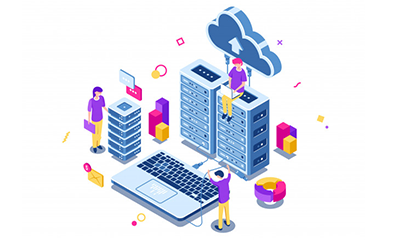
Mobile operators will need to improve their network infrastructure to support the huge volumes of data. Since improving physical infrastructure is quite expensive, most operators will go for virtualization for reducing capital expenditure and operational expenses.
Virtualization would also mean open network architecture and dis-aggregation. It gives way for newer players and innovation to offer cutting-edge technology leading to better management of the network.
Better internet connectivity in rural areas
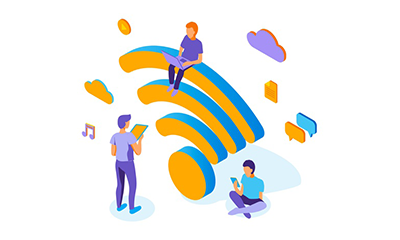
The lockdown led to a sudden case of reverse migration from the urban to rural areas. Keeping aside the question of when they will choose to return, there is no denying the fact that some of the urban amenities will follow them back to their hometown. And, the availability of 24-hour internet is one of those amenities.
As the demand for high-speed internet increases in rural areas, it will open up a world of opportunities for service providers and users. Greater access to e-commerce, telemedicine, and tele-education is beneficial for all.
Multiple innovative and efficient wireless technologies have come up on the forefront to provide cost-effective and fast alternatives to the network solutions for the rapid deployment of nationwide connectivity.
Read Also – 5 Ways Coronavirus Will Affect The Connectivity And Tech Industry in 2020
Increased proliferation of smart devices

Smart devices with an internet connection have already rapidly proliferated in the market. With the social distancing regulations, the post-pandemic world will see a growth in the use of such devices. In fact, we are not too far from seeing smart devices being used in smart homes.
The smart devices will need regular software updates that will get transmitted through the internet. Companies can use 5G for broadcasting software upgrade patches to all the branded devices. The best part is that this will reduce the load on mobile networks while being a cost-effective solution.
Monitoring solutions and remote sensors at the forefront
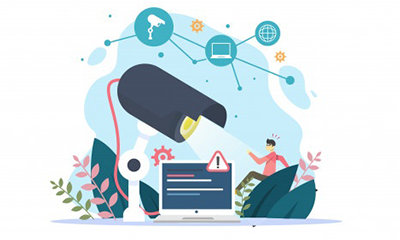
The restrictions on commuting will lead to a rise in the use of monitoring solutions and remote sensors. Improved monitors and sensors will be installed in remote areas, such as mines, warehouses, remote factories, remote factories, oil rigs, and agricultural fields.
These locations will be monitored and controlled from one central point. Fixed wireless access will be ensured for providing connecting between the remote locations and the central point of control.
Read Also – How much can the Software Industry contribute towards the fight against COVID-19?
Asset tracking solutions to become satellite-based
![]()
In the areas where mobile network is not smooth or fast enough, an increase in the use of remote asset tracking will be noted. After all, movable assets like fishing boats, trucks, and trains will move consistently in such areas, even when the mobile signal is not great.
Due to the lack of proper mobile network connectivity, the best alternative available is satellite connectivity. Satellite connectivity will help in sending and receiving data from the central control point.
Takeaway
The trends show a clear indication that technology is going to play a major role in reshaping the post-pandemic world. Businesses that are not looking to collaborate with leading digital transformation consulting companies will be unable to keep up with these developments and will fall behind in conversions and customer retention.
So, it’s time to buckle up, arm ourselves with the latest technology, and face the challenges of the pandemic head-on.
